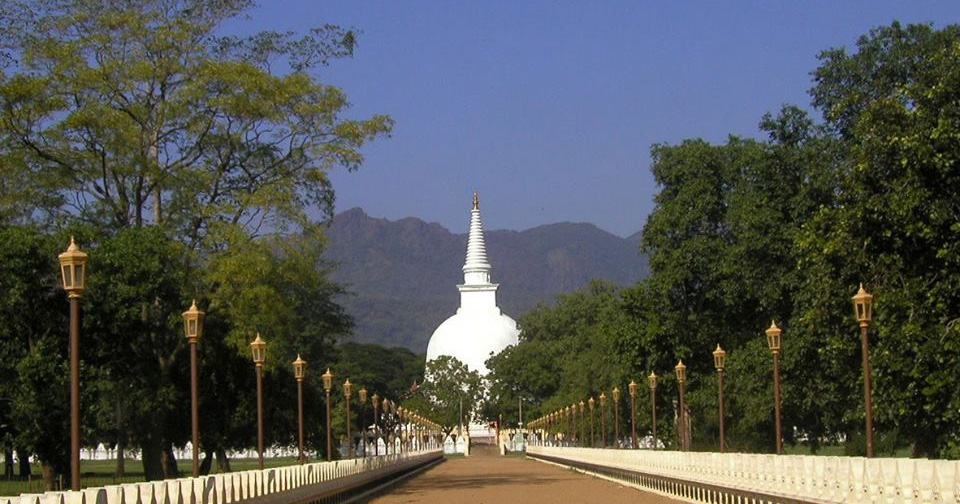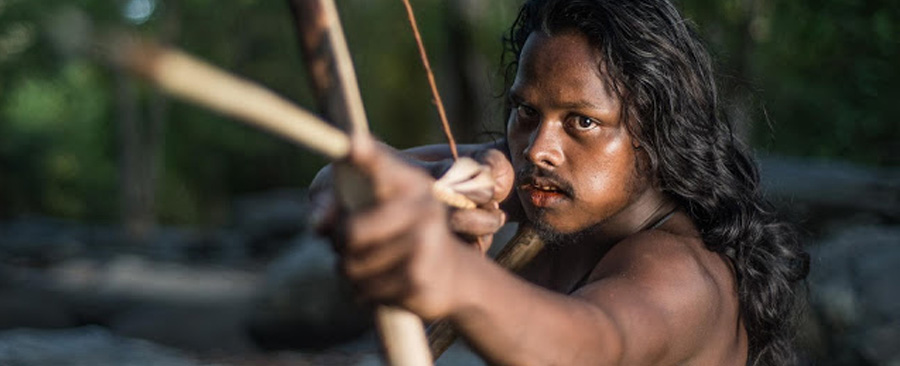
The ancient Mahiyngana stupa is located 1km south of the city center. The gleaming great white stupa built in the shape of a bell, sits pretty atop a massive platform. The sculptures of elephant heads built onto the platform stand proudly as if to guard the stupa. A well laid out and well maintained long straight walkway stretches from the decorated Makara Thorana (Sinhala: dragon arch) to the stupa.
The ancient Mahiyngana stupa is one of the sixteen most venerated Buddhist stupas of Sri Lanka. It is believed Buddha’s hair relic is enshrined within the ancient Mahiyangana.
Sri Lanka’s greatest historical chronicle, Mahawamsa reveals that nine moths since the supreme enlightenment of Buddha, having foreseen that the island of Sri Lanka is destined to have the Buddhism established and remain so for 5000 years, visited the island to preach the doctrine to the pre-historic inhabitants belonging to the tribes of Yaksha, Naga and deva. Prince Saman of Deva tribe, having attained the first spiritual plane of Buddhism called Sovan, begged Buddha for a token of presence that could be held high in reverence: he was granted a curl of hair off Buddha’s head. Prince Saman had the ancient Mahiyangana Stupa was built enshrining the hair relic, which was secured in a golden reliquary. Thus Mahiyangana became the first ever stupa to be built in Sri Lanka.

